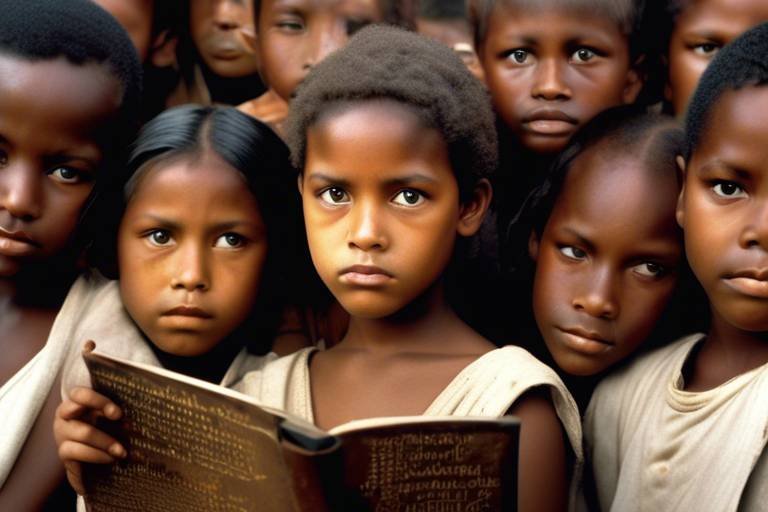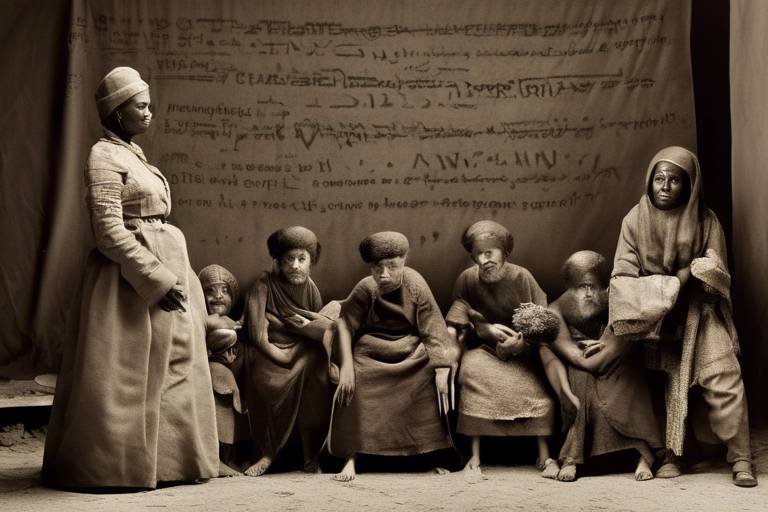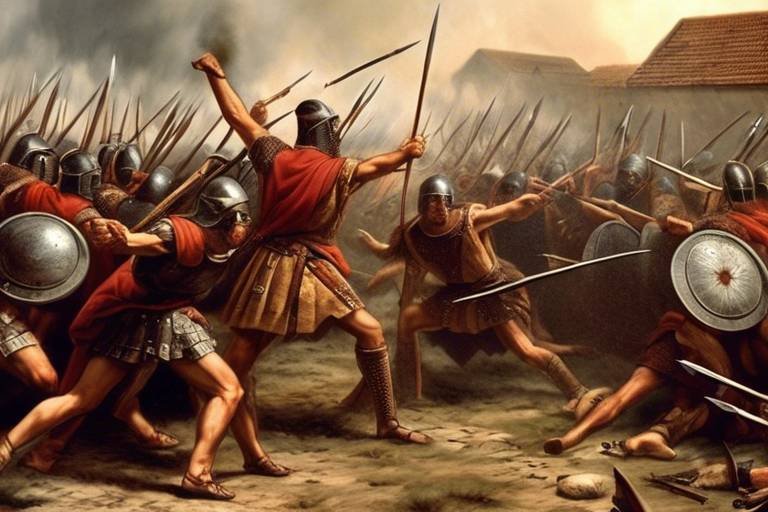The Role of Folklore in Cultural Identity
Folklore plays a vital role in shaping and preserving the cultural identity of communities around the world. It serves as a repository of traditional beliefs, customs, and practices that have been passed down through generations, contributing to the unique heritage of a group of people. Through various forms of folklore, such as oral storytelling, symbolism, rituals, art, and performance, individuals connect with their roots, express their values, and maintain a sense of belonging within their cultural framework.
One of the key aspects of folklore is its ability to preserve traditions that define a community's identity. By sharing stories, myths, and legends through oral storytelling, cultural narratives are kept alive and transmitted from one generation to the next. This practice not only entertains but also educates, instilling a sense of pride and continuity in the collective memory of a society.
Symbolism and rituals embedded in folklore serve as powerful tools for expressing cultural values and norms. These symbolic representations often reflect the relationship between a community and its environment, emphasizing the importance of the land in shaping cultural identity. Through art forms and performances, such as music and dance, individuals showcase their unique traditions and histories, celebrating their cultural heritage in creative ways.
As societies evolve and face the challenges of globalization, folklore adapts to changing times while retaining its essence. The dynamic nature of folklore demonstrates the resilience of cultural identity, as stories and traditions continue to evolve in response to new technologies and social contexts. Despite external influences, folklore remains a source of healing and strength for communities, offering comfort and resilience during difficult times.
However, the preservation and revitalization of folklore face challenges in modern societies. Issues such as cultural appropriation and commercialization threaten the authenticity of traditional practices, requiring active efforts to safeguard cultural heritage. By addressing these challenges and promoting the value of folklore, communities can ensure the continued transmission of their cultural identity for future generations.
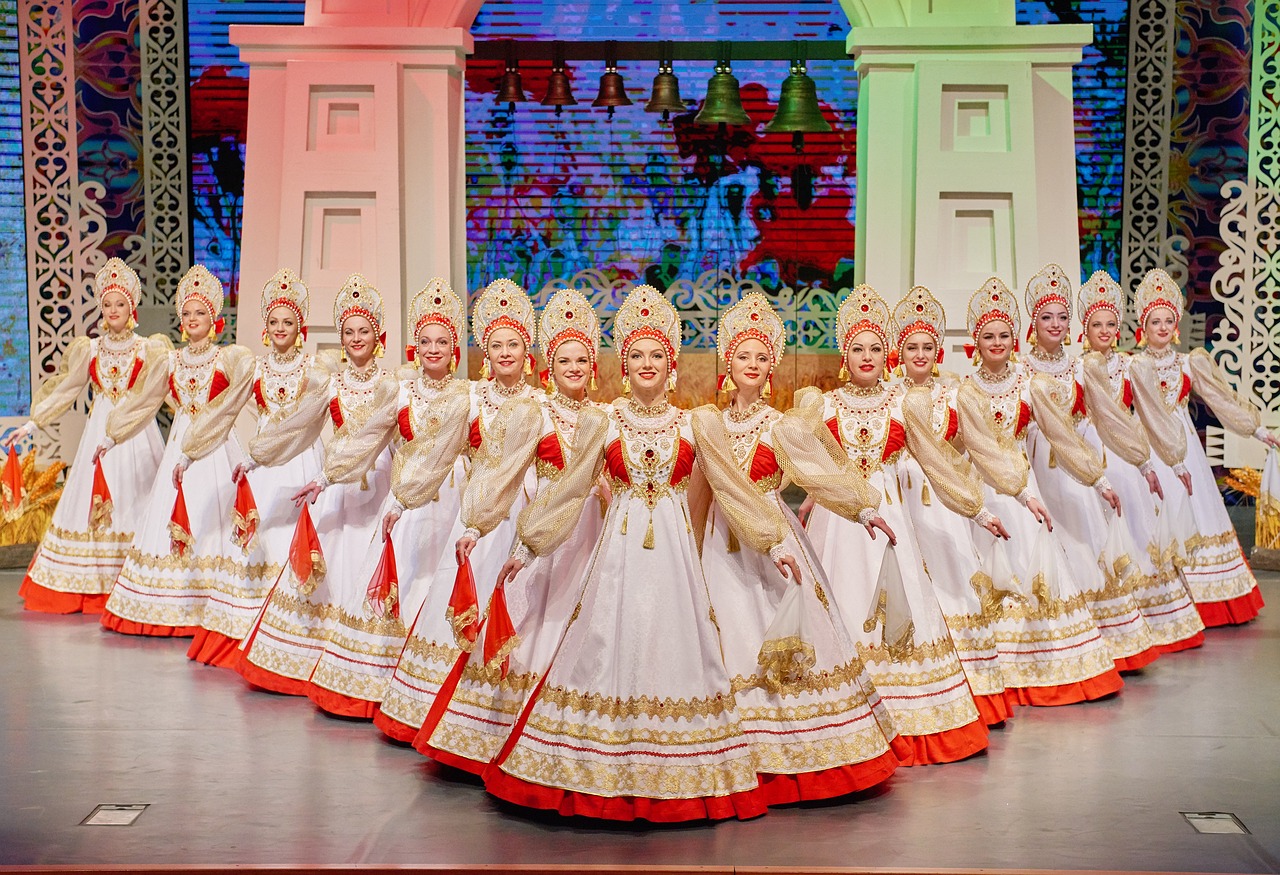
Preservation of Traditions
When it comes to preserving traditions, folklore plays a vital role in safeguarding the rich tapestry of traditional beliefs, customs, and practices within a community. Imagine folklore as a time capsule, encapsulating the essence of a culture and passing it down through generations like a precious heirloom. Through folk tales, songs, dances, and rituals, communities keep their heritage alive, ensuring that their unique identity remains vibrant and relevant in a rapidly changing world.
Within the intricate web of folklore, traditions are not merely preserved but celebrated and revered. Each story told, each dance performed, and each ritual observed is a thread in the cultural fabric that binds individuals together, creating a sense of unity and shared history. It is through the preservation of traditions that communities find a sense of continuity, connecting the past with the present and paving the way for the future.
Moreover, folklore serves as a bridge between generations, allowing the wisdom of the past to guide and inspire the youth of today. By immersing themselves in the folklore of their ancestors, younger generations gain a deeper understanding of their roots and a stronger appreciation for the customs that define their cultural identity. In essence, the preservation of traditions through folklore is not just a means of safeguarding the past but also a way of nurturing the future.
In a world where change is constant and traditions are often at risk of fading into obscurity, folklore stands as a beacon of resilience and continuity. It is a testament to the enduring power of storytelling and the enduring spirit of cultural heritage. Through the preservation of traditions, communities reaffirm their unique identity, celebrating the diversity and richness of human experience that folklore encapsulates.

Oral Storytelling
Oral storytelling holds a profound significance in the realm of folklore, serving as a vital conduit for the transmission of cultural narratives, myths, and legends from one generation to the next. Imagine sitting around a crackling fire, captivated by the enchanting tales passed down through centuries, each story weaving a tapestry of shared experiences and values that bind a community together. Through the art of spoken word, these stories come alive, resonating in the hearts and minds of listeners, shaping the collective identity of a society.
Within the rich tapestry of oral storytelling, each narrative serves a purpose beyond mere entertainment; they carry the wisdom of the past, offering guidance, moral lessons, and insights into the cultural heritage of a people. As the storyteller weaves intricate plots and characters, the audience is transported to distant lands, reliving the triumphs, tragedies, and timeless truths embedded in these tales.
Moreover, oral storytelling fosters a sense of connection and belonging among individuals, creating a shared space where memories are preserved, emotions are stirred, and identities are forged. It is through the spoken word that traditions are kept alive, ensuring that the essence of a community's history and values endures through the passage of time.
Picture a village square bustling with life, where storytellers captivate eager listeners with their animated gestures and melodious voices, painting vivid images of heroism, love, and loss. These oral traditions serve as a cultural repository, safeguarding the collective memory of a society and instilling a sense of pride in its heritage.
In essence, oral storytelling is not merely a means of communication; it is a sacred art form that preserves the essence of a culture, celebrates its diversity, and strengthens the bonds that unite a community. Through the power of spoken word, the legacy of generations past is carried forward, ensuring that the flame of tradition continues to illuminate the path for generations to come.
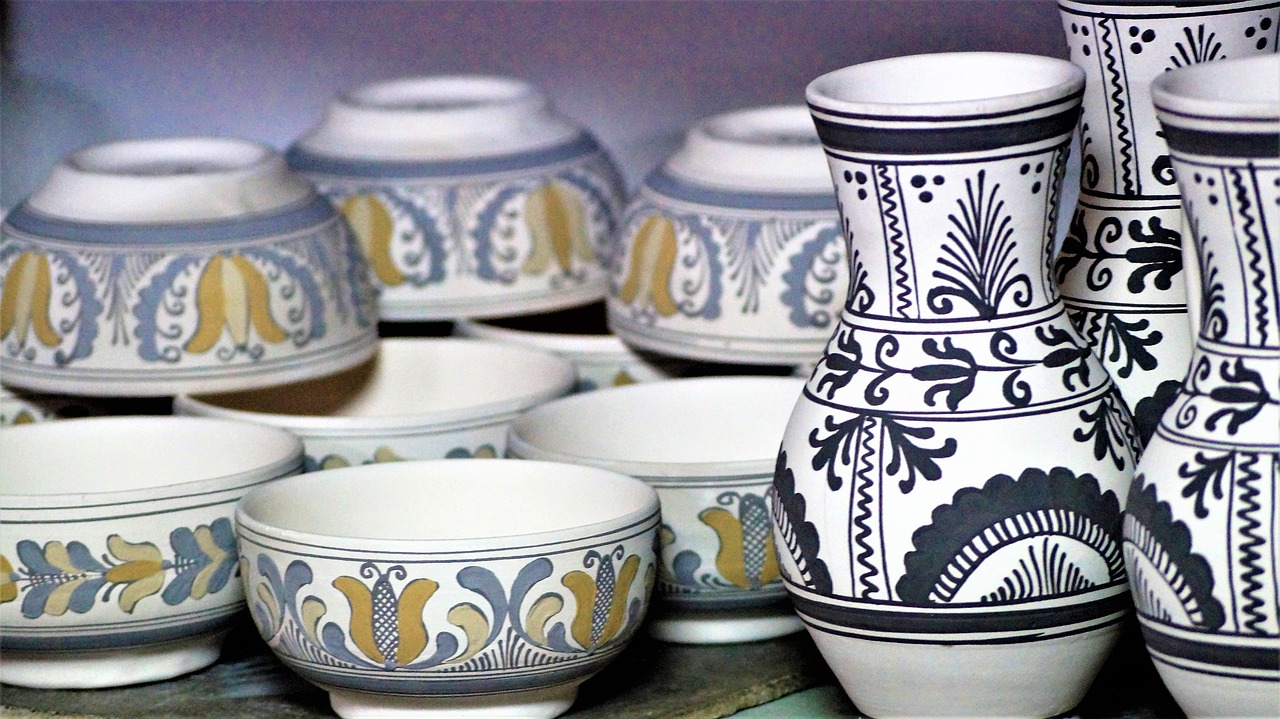
Symbolism and Rituals
Symbolism and rituals play a crucial role in the rich tapestry of folklore, acting as powerful vessels of cultural expression and identity. Within folklore, symbols are like hidden keys that unlock deeper meanings, representing values, beliefs, and traditions that are passed down through generations. These symbols can range from animals and plants to colors and shapes, each carrying a significance that resonates with the collective consciousness of a community. Rituals, on the other hand, are the embodied expressions of these symbols, enacted through ceremonies, dances, and practices that connect individuals to their cultural heritage.
Through symbolism, folklore weaves a intricate web of meanings that bind individuals together, creating a sense of unity and belonging within a community. Symbols act as visual and auditory cues that evoke shared emotions and experiences, transcending language barriers to communicate universal truths. For example, the image of a tree in folklore may symbolize growth, strength, and interconnectedness, reflecting the values and beliefs of a society rooted in nature.
Rituals, on the other hand, serve as the living embodiments of these symbols, bringing traditions to life through actions and performances. Whether it's a dance performed during a harvest festival or a prayer recited at a sacred site, rituals provide a tangible connection to the intangible world of folklore. They serve as bridges between the past and the present, allowing individuals to participate in age-old practices that reaffirm their cultural identity and heritage.
Moreover, symbolism and rituals in folklore are not static but evolve over time, adapting to changing social contexts while retaining their core meanings. This dynamic nature of folklore allows for the continuous reinterpretation and reimagining of cultural symbols and practices, ensuring their relevance and resonance in contemporary society. In essence, symbolism and rituals in folklore are the threads that weave the fabric of cultural identity, connecting individuals to their past, present, and future through a shared tapestry of meanings and traditions.

Connection to the Land
In folklore, the connection to the land is a fundamental aspect that deeply influences cultural identity. The stories, myths, and traditions passed down through generations often reflect the intimate relationship between a community and its environment. The land itself becomes a living entity in folklore, embodying the history, values, and experiences of the people who inhabit it.
Through folklore, communities express their reverence for the natural world, acknowledging the land as a source of sustenance, inspiration, and spiritual connection. Symbols of nature, such as mountains, rivers, and forests, hold significant meaning in cultural narratives, representing not only physical landmarks but also spiritual and emotional ties to the land.
Moreover, folklore often serves as a means of preserving ecological knowledge and sustainable practices, highlighting the importance of living in harmony with nature. Traditional stories and rituals convey the wisdom of past generations regarding the land's resources, seasons, and cycles, fostering a sense of stewardship and respect for the environment.
Furthermore, the connection to the land in folklore is a source of collective identity and heritage, grounding individuals in their cultural roots and shared experiences. By celebrating the landscape, flora, and fauna through storytelling, music, and art, communities reaffirm their bond with the land and reinforce a sense of belonging and unity.
Overall, the connection to the land in folklore is a testament to the enduring relationship between humans and their natural surroundings, shaping cultural identity and fostering a profound sense of place and belonging.

Art and Performance
Art and performance play a vital role in the rich tapestry of folklore, serving as vibrant expressions of cultural identity. Through various art forms such as music, dance, and visual arts, communities showcase their unique traditions and histories, captivating audiences with tales of the past and present. These creative expressions serve as living embodiments of cultural heritage, allowing individuals to connect with their roots and celebrate the essence of their identity.
Within the realm of folklore, art and performance serve as powerful mediums for storytelling, conveying narratives that have been passed down through generations. Through intricate dances, melodious songs, and captivating visual displays, artists breathe life into ancient myths and legends, bridging the gap between the past and the present. These performances not only entertain but also educate, offering insights into the values, beliefs, and customs of a community.
Artistic expressions in folklore often transcend language barriers, speaking directly to the heart and soul of the audience. Whether through the rhythmic beats of a drum, the graceful movements of a dance, or the intricate patterns of a tapestry, art has the ability to evoke emotions, provoke thought, and inspire a sense of unity among diverse individuals. In this way, art and performance serve as powerful tools for fostering cultural exchange and understanding.
Furthermore, folk art forms are deeply rooted in the traditions and rituals of a community, reflecting the intimate relationship between culture and creativity. From elaborate costumes that symbolize ancestral spirits to songs that recount epic battles, each artistic expression carries layers of meaning and significance. Through these artistic endeavors, individuals not only express their cultural identity but also reaffirm their connection to the collective heritage of their people.

Adaptation and Evolution
In the realm of folklore, adaptation and evolution play a crucial role in keeping traditions alive while allowing them to thrive in changing times. Imagine folklore as a living, breathing entity that adjusts its course without losing its essence. Just like a river that carves its path through different landscapes, folklore navigates through modernity while holding onto its roots. It's a delicate dance between honoring the past and embracing the future.
Think of folklore as a timeless storybook that gets updated with each generation, adding new chapters while preserving the original plot. It's like a classic recipe that gets a modern twist without losing its traditional flavor. Folklore adapts to the tools of the present, incorporating digital storytelling platforms and social media to reach wider audiences.
One fascinating aspect of folklore's evolution is how it mirrors societal changes and technological advancements. Just as a chameleon changes its colors to blend into its surroundings, folklore adapts to the ever-shifting landscape of human experience. It's a reflection of our collective journey, capturing the essence of our past while embracing the possibilities of tomorrow.
Through adaptation, folklore remains relevant and relatable, ensuring that its messages resonate with contemporary audiences. It's like a timeless melody that gets remixed for a new generation, blending nostalgia with innovation. By evolving with the times, folklore continues to inspire, educate, and connect people across generations and cultures.
While evolution is inevitable, folklore's core values and themes remain steadfast, serving as a beacon of cultural identity in a rapidly changing world. It's a testament to the resilience and adaptability of human creativity, showcasing how traditions can endure through innovation and adaptation. Folklore's evolution is a testament to the enduring power of storytelling and the intrinsic need for connection through shared narratives.

Globalization and Folklore
Globalization has brought both opportunities and challenges to traditional folklore practices around the world. The interconnected nature of the modern world has facilitated the exchange of cultural ideas, stories, and traditions on a global scale. While this can lead to the enrichment and diversification of folklore, it also poses risks to the authenticity and preservation of cultural heritage.
One of the effects of globalization on folklore is the phenomenon of cultural hybridization, where different cultural elements blend together to create new forms of expression. This can result in the revitalization of traditional folklore through innovative adaptations and collaborations with other cultures. However, it also raises concerns about the dilution of authentic cultural practices and the loss of unique identities in the face of homogenizing global influences.
Moreover, the digital age has transformed the way folklore is transmitted and consumed, with stories and traditions now being shared instantly across borders through the internet and social media. While this enables greater visibility and accessibility of folklore to a global audience, it also raises questions about the commercialization and commodification of cultural heritage for mass consumption.
Globalization has also led to the standardization of certain aspects of folklore to cater to international audiences, potentially erasing the nuances and diversity of local traditions. As folklore becomes more commercialized and mainstream, there is a risk of losing the authenticity and depth of cultural narratives that have been passed down through generations.
In response to these challenges, many communities are actively working to safeguard and promote their folklore in the face of globalization. Initiatives such as cultural festivals, educational programs, and digital archives are being implemented to preserve traditional practices and ensure their continuity in a rapidly changing world. By embracing both traditional roots and contemporary innovations, folklore can continue to thrive as a vibrant expression of cultural identity in the globalized landscape.
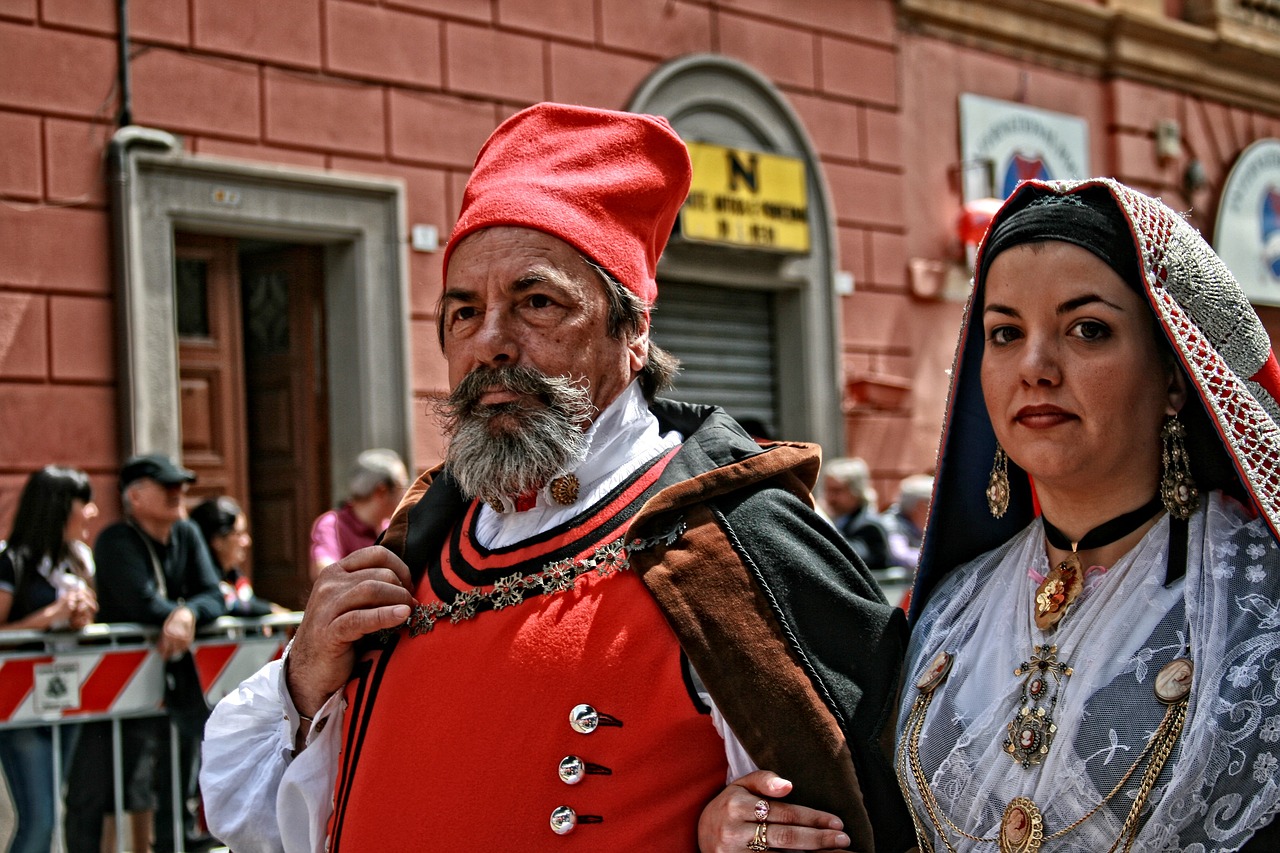
Healing and Resilience
When it comes to the intricate tapestry of cultural identity, folklore plays a pivotal role in weaving together the threads of tradition, storytelling, and community. In this article, we delve into the multifaceted aspects of folklore that contribute to the preservation, evolution, and resilience of cultural identities around the world.
Within the realm of folklore, lies a profound source of healing and resilience for communities facing adversity. Stories passed down through generations, rituals practiced in times of need, and traditions upheld during challenging moments all serve as pillars of strength in the face of turmoil.
Imagine a community coming together around a flickering bonfire, sharing tales of courage and survival that have been retold for centuries. These stories not only entertain but also offer solace and inspiration, instilling a sense of hope and unity among those who listen.
Rituals, whether performed in times of celebration or sorrow, hold the power to heal wounds that go beyond the physical. The rhythmic chants, the intricate dances, the symbolic gestures—all contribute to a collective catharsis that transcends individual pain and transforms it into shared resilience.
Through folklore, communities find the strength to navigate through life's storms, drawing upon the wisdom of their ancestors and the resilience embedded in their cultural fabric. In times of crisis, folklore serves as a beacon of light, guiding individuals towards healing and renewal.
Just as a scar tells a story of past wounds healed, folklore stands as a testament to the enduring spirit of humanity, capable of finding solace and strength in the echoes of the past.
Stay tuned for answers to commonly asked questions about the role of folklore in cultural identity.
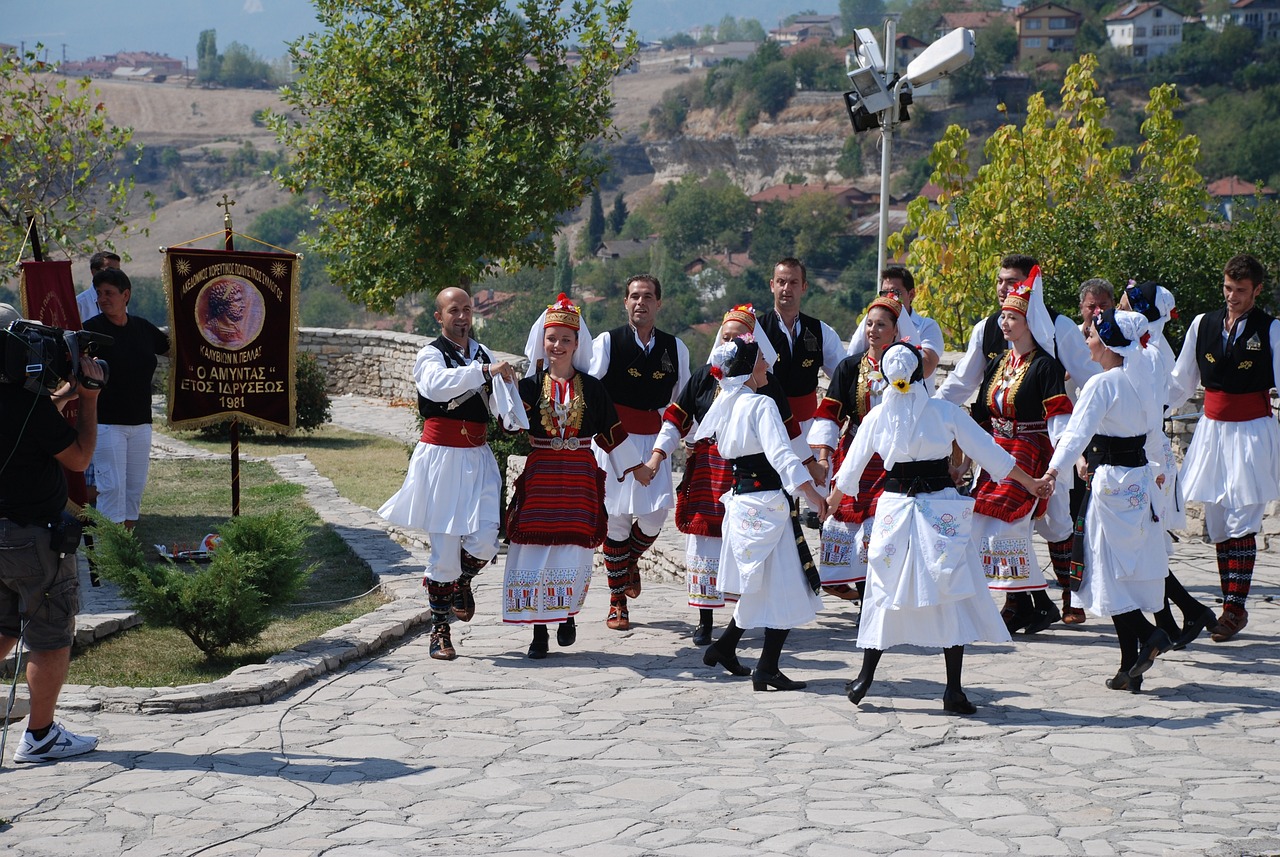
Challenges and Revitalization
Preserving and revitalizing folklore in contemporary societies comes with its own set of challenges. One of the primary obstacles is the threat of cultural appropriation, where elements of folklore are taken out of their original context and used for commercial gain without proper acknowledgment or respect for their cultural significance. This dilution of traditional practices can lead to the loss of authenticity and meaning, undermining the cultural identity they seek to preserve.
Commercialization poses another significant challenge to the revitalization of folklore. As traditional practices and art forms become commodified for mass consumption, there is a risk of reducing them to mere products for entertainment, stripping away their inherent value as carriers of cultural heritage. Balancing the need to share folklore with a wider audience while maintaining its integrity and authenticity is a delicate tightrope walk that many cultural custodians face.
Moreover, the fast-paced nature of modern society and the dominance of digital media present hurdles in transmitting folklore to younger generations. With attention spans dwindling and traditional forms of storytelling losing their appeal in the face of flashy distractions, there is a risk of folklore being relegated to the sidelines, overshadowed by more immediate forms of entertainment.
To revitalize folklore in the digital age, innovative approaches are needed to make traditional practices relevant and engaging for contemporary audiences. This may involve incorporating new technologies, such as interactive storytelling apps or virtual reality experiences, to breathe new life into age-old tales and rituals. By adapting to the evolving landscape of communication and entertainment, folklore can continue to resonate with people across generations.
Furthermore, active efforts are required to safeguard and promote cultural heritage in the face of globalization and homogenization. By fostering collaborations between communities, cultural institutions, and policymakers, it is possible to create initiatives that celebrate and preserve folklore in its diverse forms. Revitalizing folklore is not just about looking to the past but also about envisioning a future where cultural identity thrives in harmony with modernity.
Frequently Asked Questions
- What is the significance of folklore in cultural identity?
Folklore plays a crucial role in preserving and transmitting traditional beliefs, customs, and practices within a community. It helps shape the collective identity of a group of people by expressing cultural values, norms, and heritage through storytelling, rituals, and artistic forms.
- How does oral storytelling contribute to cultural identity?
Oral storytelling is essential in passing down cultural narratives, myths, and legends from generation to generation. It helps maintain a connection to the past, fostering a sense of belonging and unity among individuals while preserving the unique traditions and histories of a society.
- What role do symbolism and rituals play in folklore?
Symbolism and rituals in folklore serve as powerful tools for expressing cultural values and beliefs. They provide a means of reinforcing cultural identity, fostering a sense of community, and highlighting the significance of traditions in shaping the identity of a group of people.
- How does folklore adapt to changing times and social contexts?
Folklore demonstrates its dynamic nature by adapting to evolving circumstances, technologies, and social environments while retaining its core elements. This adaptation showcases the resilience of cultural identity through storytelling and traditional practices in response to contemporary challenges.









